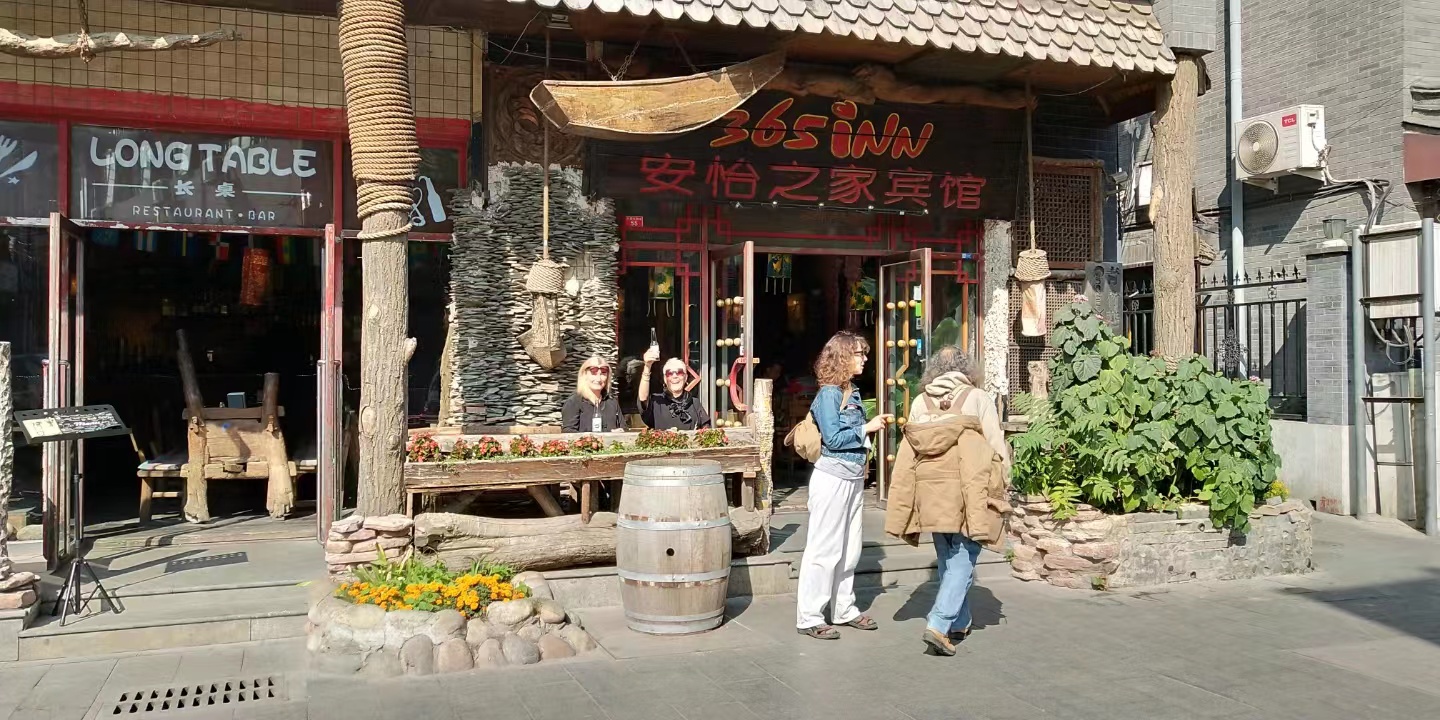Hongluo Temple
Built in the fourth year of Xiankang in the Eastern Jin Dynasty (338 AD), Hongluo Temple is the place of origin of Buddhism and the largest Buddhist temple in northern China. The abbots of Hongluo Temple in the past dynasties were mostly appointed by the imperial family, and there were many monks with extraordinary dharma. Patriarch Ji Xing from the 12th generation and Patriarch Yin Guang from the 13th generation of the Pure Land Sect in China were from this temple. The illustrious history and cultural underpinnings, coupled with the wonderful environment and climate conditions have made Hongluo Temple a "Pure Land" that is beautiful and free from contamination.
With a thousand years of history, the temple is bordered by Hongluo Mountain in the north and Hongluo Lake in the south. There are also aged trees that reach high up to the sky. The "three wonders of Hongluo Temple" - imperial bamboo forest, male and female ginkgo trees and wisteria pines - adorn the interior and exterior of the ancient temple. Millions of bamboo and thousands of acres of pines surround the whole temple. The mountains and rivers have created a Buddhist garden landscape featuring the unique geographic landscape and beauty of the natural environment.
Covering an area of 800 hectares in total, Hongluo Temple is a class 4A tourist attraction in China. Currently, it is part of a one-day sightseeing itinerary featuring three Buddhist cultural districts, namely Hongluo Temple, Guanyin Temple and Five Hundred Arhats Garden, and two natural scenic spots, namely Hongluo Mountain and Qinglong Mountain. Visitors can indulge in the glorious spring blooms, escape the summer heat, enjoy the autumn leaves, the resilience of pine, bamboo and plum blossom in winter at this site.



